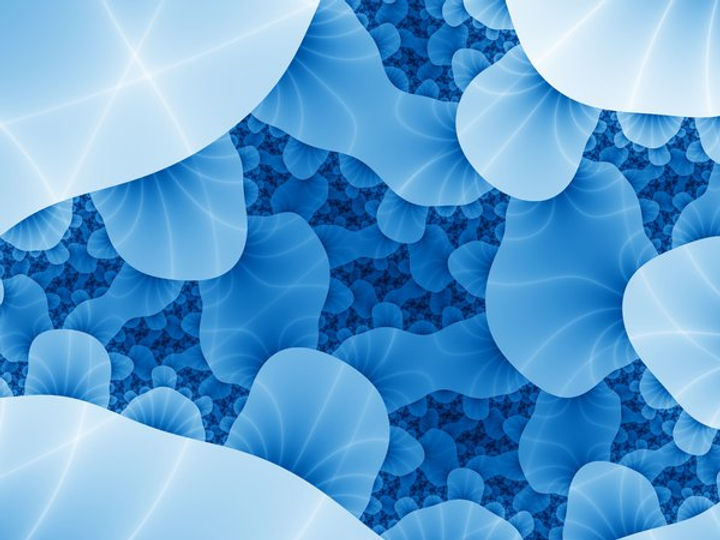
IMMUNOFLUORESCENCE TECHNIQUE
Advantages of direct immunofluorescence include shorter sample staining times and simpler dual and triple labeling procedures. In cases where one has multiple antibodies raised in the same species, for example two mouse monoclonals, a direct labeling may be necessary.
Disadvantages of direct immunofluorescence include lower signal, generally higher cost, less flexibility and difficulties with the labeling procedure when commercially labeled direct conjugates are unavailable.
Advantages of indirect immunofluorescence include greater sensitivity than direct immunofluorescence. There is amplification of the signal in indirect immunofluorescence because more than one secondary antibody can attach to each primary.
Commercially produced secondary antibodies are relatively inexpensive, available in an array of colors, and quality controlled.
Disadvantages of indirect immunofluorescence include the potential for cross-reactivity and the need to find primary antibodies that are not raised in the same species or of different isotypes when performing multiple-labeling experiments. Samples with endogenous immunoglobulin may exhibit a high background.
Pros and Cons